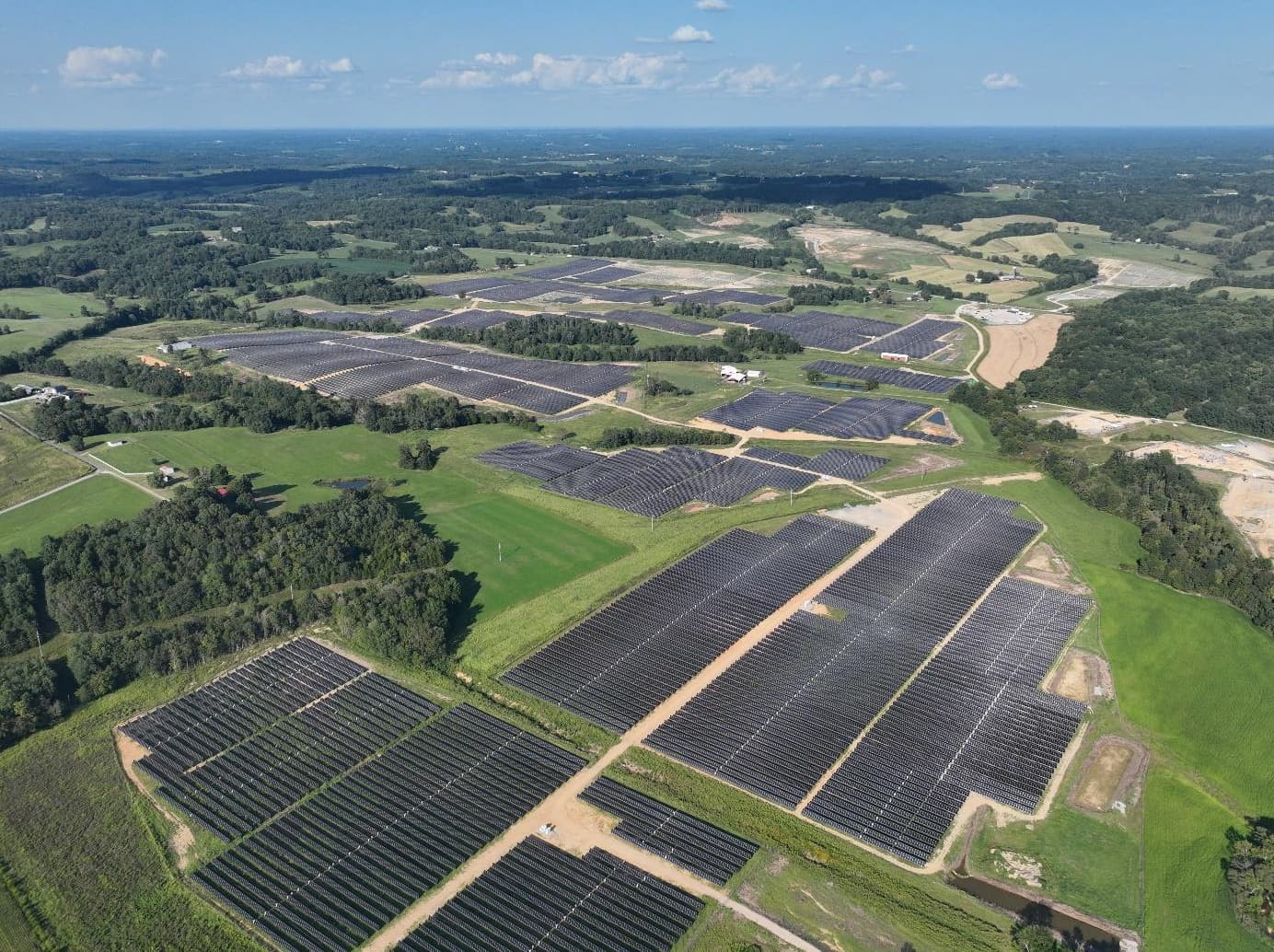Creating high-performance fabrics requires complex global supply chains that use energy and produce greenhouse gas emissions. At Gore, we are part of that supply chain.
Through our focused carbon reduction efforts, we aim to lead the global apparel industry in mitigating climate change and delivering lasting, scalable solutions—starting in our own backyard.
We operate six global manufacturing facilities that produce GORE-TEX Products. These facilities consume energy and generate carbon emissions, categorized as Scope 1 and Scope 2 emissions. Scope 1 emissions are those directly resulting from our operations, such as fuel burned on-site. Scope 2 emissions come from the energy we purchase, such as electricity. Combined, these emissions account for approximately 15% of our total carbon footprint, representing areas where we have direct control and can drive meaningful improvements.
We’re proud to share that we are on track to achieve our original Scope 1 and Scope 2 emissions reduction goal ahead of schedule. As a result, we have raised our Scope 1 and 2 emissions reduction goal from a 60% reduction to an 80% reduction by 2030 (starting from 2016).

Setting Ambitious Targets
We have set ambitious, science-aligned targets to reduce our carbon footprint, using 2016 as our base year. For Scope 1 and 2 emissions, we originally set a target of an absolute 60% reduction by 2030, in alignment with the Paris Agreement's goal of limiting global warming to 1.5°C.
Our strategy is simple in concept but challenging to implement: decarbonize our electricity supply and transition fossil-fueled operations to electrified alternatives.
Making Impactful Changes
The majority of our operational carbon emissions stem from electricity generation—the energy required to power our manufacturing facilities. In July 2024, we transitioned all Gore Fabrics manufacturing facilities in Elkton, Maryland, USA; Putzbrunn, Germany; and Shenzhen, China to 100% renewable electricity. Learn more about Glover Creek Solar farm in Kentucky, USA, which powers our largest manufacturing region.


To maximize the impact of our energy procurement choices, we’ve set clear internal guidelines:
- Additionality: We prioritize supporting new renewable energy projects, rather than relying on existing resources.
- Locality: We ensure that electricity projects are located within the same grids where the energy is consumed.
While transitioning to renewable electricity is a major step forward, the burning of fossil fuels remains the primary source of global warming and the main driver of our Scope 1 emissions. That’s why we’re committed to reducing our reliance on natural gas in our manufacturing processes.
We’ve already made significant progress by improving energy efficiency within our operations and beginning the electrification of our manufacturing processes.
In China, we installed a new high-efficiency chiller and heat pump, allowing us to shut down the existing natural gas hot water boiler and reduce natural gas consumption at the facility by more than 40%.
In Germany, we decommissioned a centralized natural gas steam boiler and replaced it with smaller, point-of-use electric steam generators strategically located throughout the plant. Additionally, we have started constructing new electric processing equipment to replace our current fossil fuel-based systems.

Raising the Bar
With the significant progress we have made over the past few years, we’re using fewer fossil fuels than we did in 2016.
Thanks to these efforts, we’re on track to achieve our original 60% reduction target by 2025—five years ahead of schedule! But aren’t stopping there. We are raising the bar again.
Our new goal? An 80% reduction in our Scope 1 & 2 emissions by 2030—a target that goes above and beyond the ambition set by the Science Based Targets initiative.
Ryan Kelley, Gore Fabrics Global Carbon Footprint Reduction Champion, talks about how plant energy management can help reduce Scope 1 & 2 emissions.
Our Responsibility
We’re proud of the strides we’ve made, but we know there’s more work to do. Reducing our carbon footprint and improving our environmental performance is not just a goal—it’s our responsibility. We’re fully committed to doing everything we can to make a positive impact.





